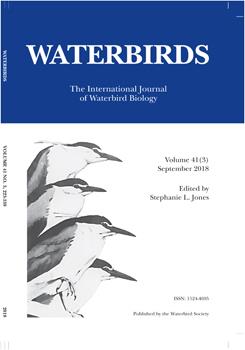Stable isotope analysis is often used to identify the geographic origins of migratory bird populations. While this method can accurately predict the provenance of migratory species, stable hydrogen isotope values measured in feathers (δ2Hf) can be variable within a site and may be influenced by differences among age class (second year vs. after second year), type of feather (primary vs. rectrix), year of sampling, species, and local hydrology. In this study, sources of variation in δ2Hf values were assessed in a wetland-associated Neotropical migratory bird, the Prothonotary Warbler (Protonotaria citrea), by comparing δ2Hf values among age classes, sexes, years and feather types in individuals breeding in eastern Virginia, USA. Age and year were found to influence δ2Hf values, with individuals in their second year having more depleted δ2Hf values (-62.43 ± 9.56‰) than individuals older than 2 years (-53.73 ± 9.04‰). Differences between primaries and rectrices were within the range of sampling error (-2.98‰), and there was no effect of sex. For wetland-associated songbirds, age-related differences in the dietary proportion of aquatic vs. terrestrial prey may provide an additional mechanism for differences observed in δ2Hf values between age classes. In studies that use stable isotopes to assign geographic feather origin, researchers should attempt to account for and propagate known variation in δ2Hf values in assignment models whenever possible.
How to translate text using browser tools
1 September 2018
Variation in Stable Hydrogen Isotope Values in a Wetland-Associated Songbird
Jessica A. Reese,
Christopher Tonra,
Catherine Viverette,
Peter P. Marra,
Lesley P. Bulluck

Waterbirds
Vol. 41 • No. 3
September 2018
Vol. 41 • No. 3
September 2018
forested wetlands
hydrogen isotopes
migratory connectivity
migratory songbird
Prothonotary Warbler
Protonotaria citrea
stable isotope analysis




